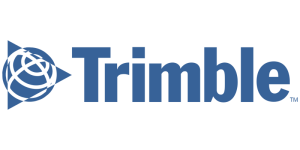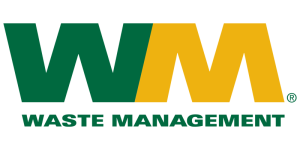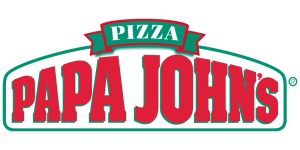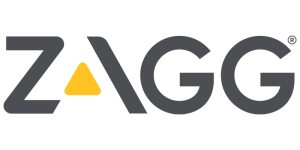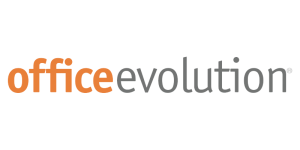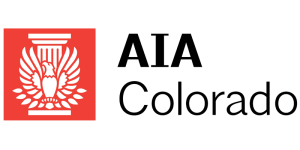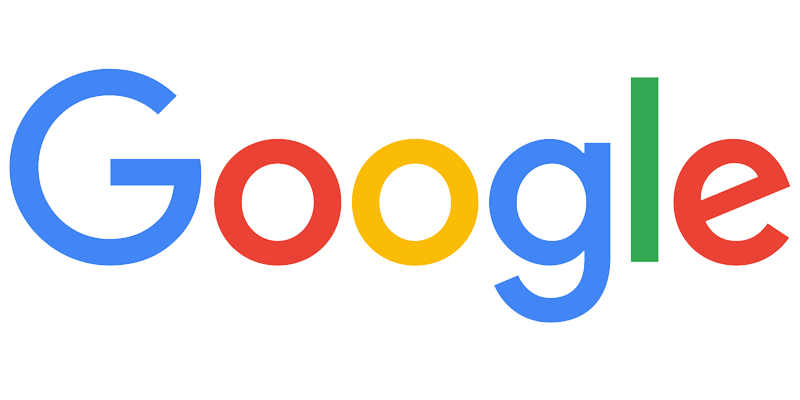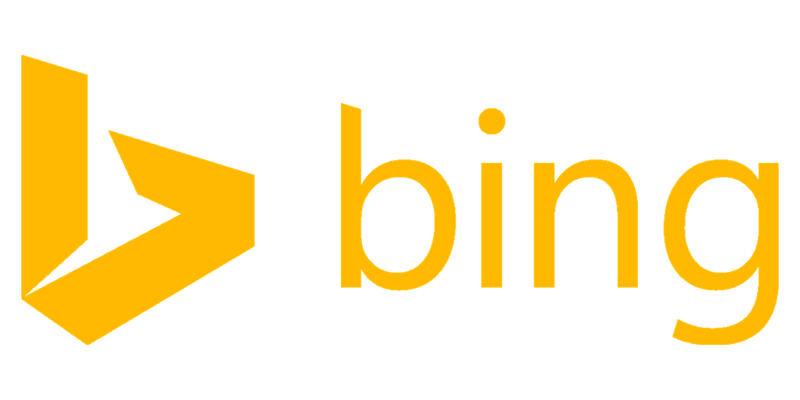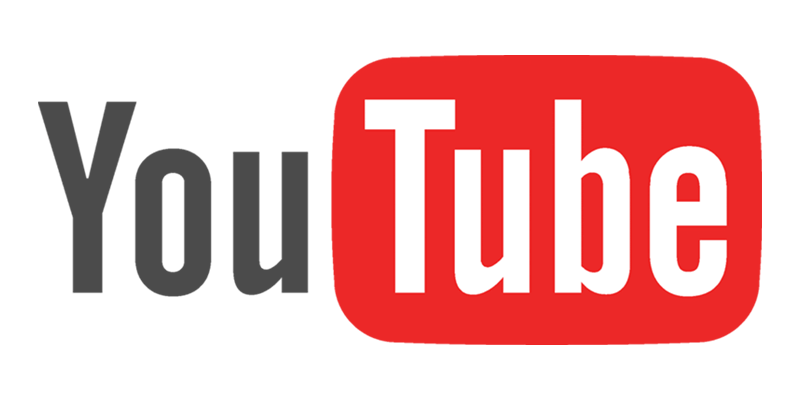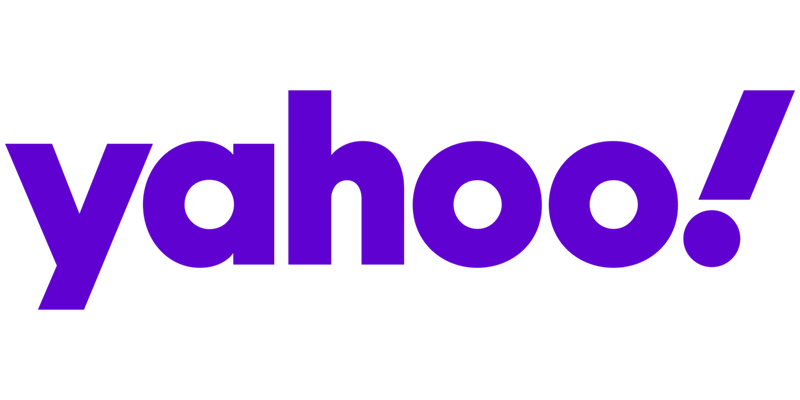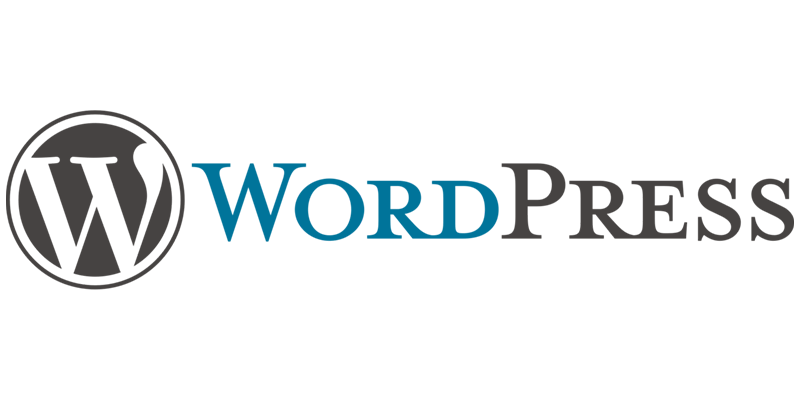What tools can be used to measure session duration for SEO analysis in 2024?
In the ever-evolving landscape of digital marketing, understanding user engagement is paramount for businesses aiming to optimize their online presence. As we navigate through 2024, the ability to measure session duration has become a critical component of SEO analysis. This metric not only reflects the relevance and quality of content but also plays a significant role in search engine rankings. Companies like JEMSU, a beacon in the digital advertising space, are well-versed in leveraging the latest tools to dissect and enhance user engagement for their clients.
For businesses looking to gain a competitive edge, JEMSU highlights the importance of employing advanced tools that offer precise insights into how long visitors are staying on their websites. These tools not only track session durations but also help identify patterns, enabling companies to refine their content strategies and improve user experience. From sophisticated analytics platforms to AI-driven software, various solutions in the market promise to provide an in-depth look at user behavior.
In this context, JEMSU stands at the forefront of innovation, guiding businesses through the selection and application of cutting-edge technologies to measure session duration effectively. With a keen eye on the latest trends and a deep understanding of SEO intricacies, JEMSU empowers clients to harness the power of analytics and turn data into actionable strategies. As we delve into the essential tools for SEO analysis in 2024, it’s clear that the expertise of digital advertising agencies like JEMSU will be invaluable for companies aiming to thrive in a data-driven marketing world.
Instant SEO Checker + Score & Report
Enter the URL of any landing page to see how optimized it is for one keyword or phrase...
Web Analytics Platforms
Web analytics platforms are essential tools for businesses and SEO professionals to measure session duration and other vital metrics that contribute to a website’s search engine performance. As a leading digital advertising agency, JEMSU utilizes these platforms to gain insights into how users interact with our clients’ websites. By analyzing session duration data, we can understand the level of engagement a user has with a site. Longer session durations typically indicate more engaging content or a more effective user experience, which can contribute to higher conversion rates and improved SEO rankings.
For instance, tools like Google Analytics provide a wealth of information, including average session duration, bounce rate, and pages per session. These stats help us pinpoint areas where a website might be underperforming, allowing us to make data-driven decisions to enhance user experience and SEO. By reviewing the average session duration, JEMSU can assess whether users find the content on a website valuable or if they leave quickly, signaling that improvements are necessary.
Imagine a library where each visitor’s time spent browsing the shelves is tracked. Web analytics platforms perform a similar function by monitoring how long visitors spend on your site and which ‘shelves’ (or pages) hold their interest. JEMSU leverages this data to optimize the ‘layout’ of a website, ensuring that visitors find what they’re looking for and remain engaged.
Furthermore, by incorporating session duration metrics from these platforms into our SEO strategies, we can provide examples of success to our clients. For instance, after implementing targeted content upgrades and optimizing site navigation, JEMSU might showcase an increase in session duration from 1 minute to 3 minutes, which is a significant indicator of improved user engagement.
Using quotes from industry experts, JEMSU often reinforces the importance of such metrics. As Avinash Kaushik, a respected authority in web analytics, famously said, “Without data, you’re just another person with an opinion.” This resonates with our approach, as we rely on concrete analytics to inform our SEO strategies and validate the success of our campaigns.
Ultimately, web analytics platforms are indispensable for measuring session duration and other critical SEO-related metrics. As JEMSU continues to navigate the evolving digital landscape in 2024, these tools will remain a cornerstone of our ability to deliver exceptional results for our clients.
Google Ads Success Example
The Challenge: The Challenge: Increase new dental patients with better Google Ads campaigns.
Session Duration Metrics in SEO Software
Understanding how long visitors stay on a website can provide invaluable insights into user engagement and content effectiveness. This is where session duration metrics in SEO software come into play. At JEMSU, we leverage advanced SEO tools that measure the time users spend on a client’s site down to the second. These tools not only track the duration of each visit, but they also help us understand the context of user behavior, such as which pages hold attention the longest and which may need further optimization.
For instance, if we observe through these metrics that the session duration on a particular landing page is consistently low, it could indicate that the content isn’t resonating with the audience or that the page loads too slowly. A quote from Avinash Kaushik, a digital marketing evangelist for Google, underscores the importance of this data: “Session duration is a window into the soul of the user experience.” By scrutinizing these numbers, we at JEMSU can hypothesize about user satisfaction and tailor our strategies accordingly.
To illustrate the practical application of session duration metrics, consider a blog post that’s designed to be a comprehensive guide. If the analytics show that readers are spending an average of two minutes on a page that should take ten minutes to read, it’s a clear signal that either the content isn’t engaging enough or there might be technical issues deterring readers from staying longer. Equipped with this information, JEMSU can work on enhancing the content’s relevance or improving the page’s performance to foster better engagement.
In terms of analogies, think of session duration as a measure of how captivating a movie is. If viewers tend to walk out halfway through the film, it’s usually a sign that the plot is lacking or the pacing is off. Similarly, short session durations can point to content that fails to hook the audience or provide the answers they’re seeking. By utilizing session duration metrics, JEMSU can direct the ‘editing’ process of a website’s content and structure to keep the ‘audience’ fully engaged until the ‘credits’ roll.
Custom Event Tracking Tools
Custom event tracking tools are a pivotal component in the arsenal of SEO analytics, providing granular insights that traditional analytics platforms might overlook. These tools allow digital marketing agencies, like JEMSU, to drill down into the specifics of user interaction on a website. By utilizing custom events, JEMSU can monitor and analyze different triggers and actions taken by users, such as clicks on a call-to-action button, video plays, or form submissions, which all can influence session duration.
Imagine a visitor lands on a blog post and finds an embedded video tutorial that captures their interest. While conventional analytics might register this as a single pageview with a set duration, custom event tracking would allow JEMSU to see not just the time spent on the page, but also the interaction with the video. This level of detail is akin to not just knowing that someone attended a concert, but understanding which songs they danced to.
The versatility of custom event tracking tools is exemplified in their capacity to tailor to the specific KPIs (Key Performance Indicators) that JEMSU sets for its clients. For example, if a particular page is designed to guide visitors through a multi-step process, JEMSU can create events for each step to analyze where users spend time and where they may drop off. This can reveal much about user engagement and the effectiveness of the content.
Moreover, custom event tracking can provide invaluable stats that help shape SEO strategies. If JEMSU notices that longer videos tend to keep users engaged for more extended periods, they might advise clients to create more in-depth content in video format. This is just one example of how the data obtained from these tools can lead to actionable SEO insights.
In summary, custom event tracking tools offer a deeper dive into user behavior metrics, allowing agencies like JEMSU to optimize their clients’ SEO strategies based on detailed user interaction data. By capturing and analyzing these interactions, JEMSU can make data-driven decisions to enhance session duration, improve user experience, and ultimately influence a website’s SEO performance.
SEO Success Story
The Challenge: The Challenge: Design an SEO friendly website for a new pediatric dentist office. Increase new patient acquisitions via organic traffic and paid search traffic. Build customer & brand validation acquiring & marketing 5 star reviews.
Tag Management Systems
Tag Management Systems (TMS) have become an indispensable tool for businesses aiming to accurately measure session duration and other relevant SEO analytics. These systems allow for the streamlined implementation of tracking tags (or pixels) without the need for constant developer intervention or deep dives into the site’s source code. This not only saves time but also ensures that data collection is consistent and reliable.
For a digital advertising agency like JEMSU, leveraging Tag Management Systems can significantly enhance the way session durations are captured and analyzed. By using TMS, JEMSU can deploy and manage multiple analytics and marketing tags across a client’s website. This enables the collection of granular data, which can then be used to gain insights into user behavior and engagement levels.
One analogy to consider when thinking about Tag Management Systems is that of a central command center overseeing a network of surveillance cameras. Just as the command center can control which cameras are active, where they are focused, and what they are monitoring, a TMS can control which tags are fired on a website, when they activate, and what information they collect.
For instance, JEMSU might use a TMS to set up tags that measure how long a user stays on a specific page, when they scroll, and what actions they take before leaving. By analyzing this data, JEMSU can determine not just the session duration, but also what elements of the page are most engaging or may require optimization.
In the constantly evolving landscape of SEO, the ability to quickly adapt is key. Tag Management Systems enable just that, providing JEMSU with the agility to implement new tracking tags in response to algorithm updates or shifts in user behavior. As a result, the company can continuously refine its strategies based on the most current and comprehensive data available.
Moreover, Tag Management Systems often come with built-in features that help ensure compliance with privacy regulations. This is crucial for maintaining user trust and avoiding potential legal issues. By using a TMS, JEMSU can set up consent management protocols to respect user preferences regarding data collection, which is increasingly important in an era where privacy concerns are at the forefront of digital users’ minds.
In summary, Tag Management Systems are a powerful asset for JEMSU as they provide a scalable and efficient method for tracking session durations and other key metrics that inform SEO strategy and decision-making.
Jemsu has been a great asset for us. The results have grown at strong positive linear rate. They have been extremely accessible, flexible, and very open about everything. Natalya is a star example of how to work with your accounts to drive them forward and adjusts to their quirks. Jaime is able to clearly communicate all of the work that is being done behind the scenes and make sure that all of my team is understanding.
I couldn’t be more pleased with my JEMSU Marketing Team!
Julia, Tamara, Joelle and Dally have exceeded my expectations in professionalism, creativity, organization, and turn around time with my Social Media Management project.
I have thoroughly enjoyed sharing my journey with this team of empowered women!
Thank you JEMSU! Your team designed and launched my new website, and developed strategies to drive traffic to my site, which has increased my sales. I highly recommend your Website & SEO Agency!
Jemsu has always been professional and wonderful to work with on both the SEO and website design side. They are responsive and take the time to explain to us the complicated world of SEO.
Jemsu is an excellent company to work with. Our new website blows away our competition! Unique, smooth, and flawless. Definite wow factor!
The folks at JEMSU were excellent in designing and launching our new website. The process was well laid out and executed. I could not be happier with the end product and would highly recommend them to anyone.
Jemsu is a great company to work with. Two prong approach with a new site and SEO. They totally redesigned my website to be more market specific, responsive, and mobile friendly. SEO strategy is broad based and starting to kick in. My marketing will also be adding Facebook and Google ads in the coming weeks. Thanks for your all you hard work.
JEMSU has wworked with our team to create a successful campaign including incorporating an overall rebranding of our multiple solutions. The JEMSU team is embracing of our vision and responds timely with life of our ideas.
JEMSU is great company to work with. They listen & really work hard to produce results. Johnathan & Sasha were such a big help. If you have a question or concern they are always there for you.
I would definitely recommend them to anyone looking to grow their company through adwords campaigns.
Jemsu have exceeded our expectations across all of our digital marketing requirements, and I would recommend their services to anyone who needs expertise in the digital marketing space.
JEMSU was able to quickly migrate my site to a new host and fix all my indexation issue. I look forward to growing my services with JEMSU as I gain traffic. It’s a real pleasure working with Julian and Juan, they’re both very professional, courteous and helpful.
JEMSU is incredible. The entire team Is professional, they don’t miss a deadlines and produce stellar work. I highly recommend Chris, Rianne, and their entire team.
We’ve been working with JEMSU for about five months and couldn’t be happier with the outcome. Our traffic is up and our leads are increasing in quality and quantity by the month. My only regret is not finding them sooner! They’re worth every penny!
Log File Analyzer Tools
Log File Analyzer Tools are critical for businesses looking to dive deep into the server-side data that traditional analytics platforms might overlook. These tools parse through server logs to provide insights into how search engines are crawling a website, as well as the behavior of users at a granular level. Understanding session duration is fundamental to SEO analysis, as it can indicate the level of engagement and relevance a website has for its visitors.
For a digital advertising agency like JEMSU, employing Log File Analyzer Tools is akin to a detective scrutinizing a case file. It’s the meticulous examination of clues (in this case, server logs) that can unravel the mystery behind user behavior and search engine crawling patterns. These tools enable JEMSU to pinpoint exactly when a user starts and ends their session, and what actions they perform in-between. By analyzing this data, JEMSU can identify potential roadblocks that might be causing users to leave the website prematurely, or discover golden opportunities where users are highly engaged.
One of the greatest advantages of using Log File Analyzer Tools is their ability to break down session duration by bot traffic and human traffic. For instance, stats might show that while human users spend an average of two minutes on a site, search engine bots might only be spending a few seconds. This discrepancy can lead to significant SEO insights, prompting a review of the website’s structure and content to ensure it’s as bot-friendly as it is user-friendly.
JEMSU often uses examples from real client data to illustrate the power of Log File Analyzer Tools. For example, they might share a case study where a client’s website was thought to have a healthy average session duration, but log file analysis revealed that a large portion of traffic was quick bot visits, skewing the overall metrics. Armed with this information, JEMSU could take steps to optimize the client’s website for both users and search engine crawlers, leading to improved SEO performance and user engagement.
SEO Success Story
The Challenge: Increase dent repair and body damage bookings via better organic visibility and traffic.
Heatmap and User Behavior Analysis Tools
Heatmap and user behavior analysis tools are essential for understanding how users interact with a website, which is a critical component for SEO and overall site optimization. These tools provide visual representations of where visitors click, move, and scroll on a page. This data is invaluable for businesses like JEMSU, as it helps to get into the mindset of the user, seeing what parts of the site are engaging and what areas might be causing confusion or disinterest.
For instance, if JEMSU were to analyze a client’s landing page and notice that the majority of users stop scrolling at a certain point, this could indicate that content needs to be rearranged or that a call-to-action should be placed higher up on the page. Through heatmap tools, JEMSU can gather stats like click density, which can inform changes to button sizes, colors, and placement to improve conversion rates.
Imagine a brick-and-mortar store where the shopkeeper can see the footprints of customers, showing paths they commonly take and items they interact with. Heatmap and user behavior analysis tools offer a similar insight for digital spaces. They act like a digital shopkeeper’s eyes, allowing JEMSU to observe and optimize the user’s journey through a website.
Moreover, by employing user behavior analysis tools, JEMSU can also analyze how different segments of traffic behave on a client’s site. For example, do mobile users interact with the page differently than desktop users? Such insights can lead to more tailored strategies for different user bases, ensuring that SEO efforts are optimized for all potential customers.
In addition to heatmaps, these tools often include session replays, which enable JEMSU to watch recordings of user sessions. This is akin to having a video replay of each visitor’s experience on the site, providing a clear picture of user flow and potential friction points. By utilizing session replays, JEMSU can quote specific user interactions when recommending changes to a client’s website, thus making the case for a design or structural update more compelling with direct evidence from actual user experiences.
Overall, heatmap and user behavior analysis tools are indispensable for JEMSU when it comes to enhancing a website for better user engagement, improved SEO performance, and ultimately, a higher conversion rate. These tools not only provide quantitative data but also offer qualitative insights that can make a significant impact on a website’s success.
FAQS – What tools can be used to measure session duration for SEO analysis in 2024?
1. **What is session duration and why is it important for SEO analysis?**
Session duration, also known as average session length, measures the amount of time a user spends on your website during a single visit. It is important for SEO analysis because longer session durations can indicate more engaging content and can positively influence search engine rankings, as it suggests to search engines that your website provides valuable information to visitors.
2. **Which tools can measure session duration effectively?**
In 2024, the following tools are commonly used to measure session duration:
– Google Analytics
– Adobe Analytics
– Mixpanel
– Crazy Egg
– Clicky
– Hotjar
– Matomo (formerly Piwik)
– Webtrends
– Woopra
– SEMrush or Ahrefs (for integrated SEO analysis)
3. **How do I track session duration with Google Analytics?**
To track session duration with Google Analytics, you can view it under the “Audience Overview” section. You can also go to “Behavior” > “Site Content” > “All Pages” to check the average time spent on individual pages.
4. **Can session duration impact my website’s bounce rate?**
Yes, session duration can impact your website’s bounce rate. A high bounce rate often means that visitors are leaving your site quickly, which can result in a lower average session duration.
5. **Is a longer session duration always better for SEO?**
Not necessarily. While a longer session duration can be a positive signal, it’s also important that the time spent is meaningful and aligns with the user’s intent. If users stay long because they are confused or unable to find what they need, this is not beneficial.
6. **How can I improve my website’s session duration?**
To improve session duration, focus on creating high-quality, relevant content, improving website usability, increasing page loading speed, and ensuring that your site is engaging with a clear call-to-action.
7. **What is considered a good session duration?**
“Good” session duration varies by industry and the type of content. Generally, a session duration of 2-3 minutes might be average, but engaging content such as blogs or forums can expect longer durations.
8. **Are there any new tools in 2024 that specialize in tracking session duration?**
While the most well-known tools like Google Analytics continue to be widely used, new tools and platforms may emerge. Staying updated with SEO and analytics forums, and industry news can help you discover the latest tools for tracking session duration.
9. **Can session duration be measured on mobile and desktop separately?**
Yes, session duration can be measured separately for mobile and desktop users in most analytics tools. This allows for a more detailed analysis of how different types of users interact with your site.
10. **How accurate are the measurements of session duration?**
Measurements of session duration can be affected by factors such as users leaving browser tabs open or issues with tracking implementation. While not 100% accurate, these measurements provide a useful estimate and can indicate trends in user engagement. Analytics tools are continually improving their tracking accuracy through updates and the use of machine learning algorithms.
SEO Success Story
The Challenge: Increase new dental patients with better organic visibility and traffic.
